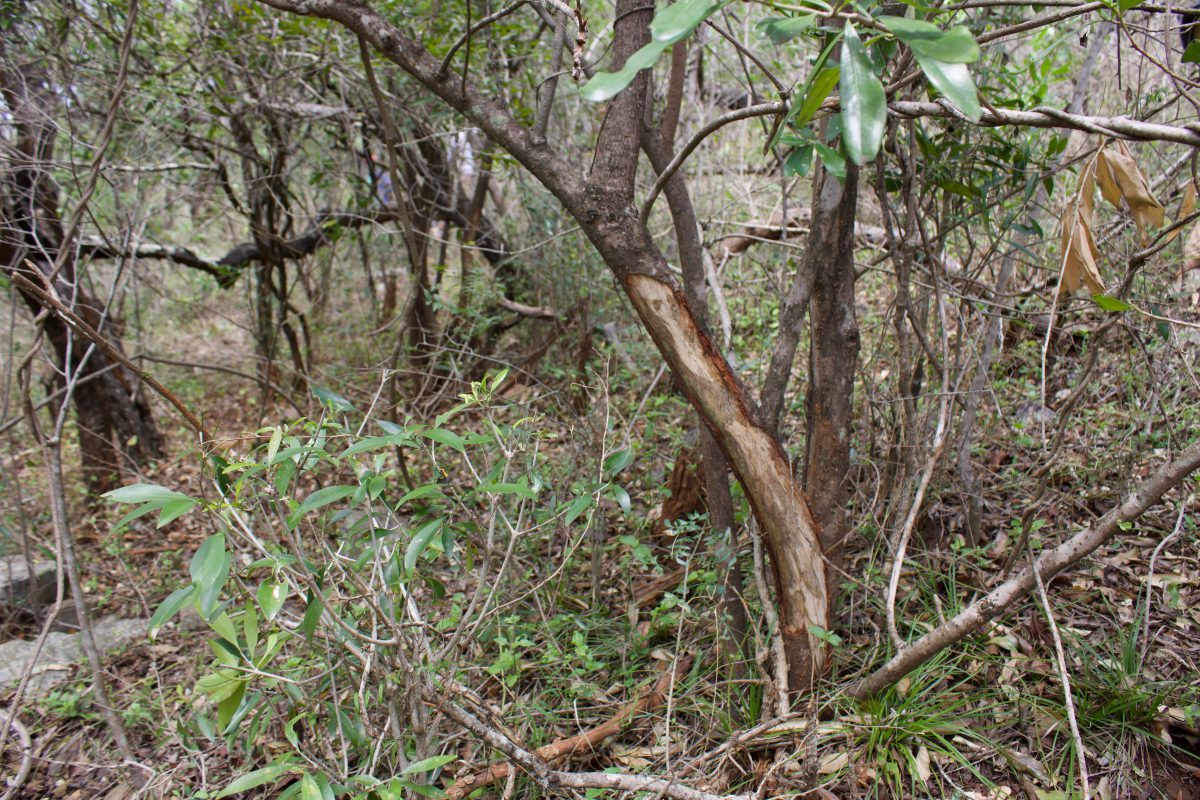The Indigenous Climate Observatory: Local knowledge for Local Change Project runs in three separate, but connected countries; Eswatini, Lesotho and Malaysia. In Eswatini, the focus of the climate observatory is to explore how conservation of the pepper-bark tree can be supported at a local community level. The pepper-bark tree (Warburgia salutaris) is one of the highly exploited trees in the southern African region. In siSwati, the tree is called Sibhaha and has both medicinal and cultural value. This plant once filled the Eswatini forests but now populations are dwindling. In 2012, adhering to the cries by many traditional healers about the scarcity of the tree, the Eswatini Institute for Research in Traditional Medicine, Medicinal and Indigenous Food Plants (EIRMIP), University of Eswatini, funded by the Abdou-Salam Ouédraogo Fellowship, undertook a study to map the distribution of the pepper-bark tree in Eswatini. In 2022, with funding from the Crafoord Foundation and partnership with Malmö University in Sweden, the team embarked on a study to review the conservation status of the pepper-bark tree in three communities in the Ngudzeni area of Eswatini as well as determine how the conservation of the pepper-bark tree can be supported on a local community level.
The project partners leading the research are Dr Gugu Sibandze and Dr Meshack Dludlu (University of Eswatini) and Dr Lizette Reitsma from Malmö University. The project team also includes Mr Vusi Vilane, Dr Patricia Carmichael, Mr Emmanuel Kunene, Ms Menzi Ngwenya, Ms Nondumiso Magagula, Mr Crispin Gomes and Mr Gugu Mavuso. The project site is Ngudzeni Inkhundla and activities took place in three communities within the Inkhundla; in partnership with local community leadership.
Project objective
In the earlier project on pepper-bark tree, the Ngudzeni area was identified as one of the areas with a large population of the pepper-bark tree outside national protected areas. In the current project, the aim was to engage the local communities and support them in the conservation of the tree. The method used was a participatory approach where discussions focussed on:
- the state of the local environment and how it has changed over time;
- whether their local forests are healthy in their view and if not, what has changed and why;
- what they would like to see in their forests and what changes needed to be done to achieve this; and
- support the communities need to conserve their biodiversity.
Further, the community was engaged to monitor and document the changes occurring in their forests, in particular, in relation to the pepper-bark tree over a period of a year. The team further conducted field surveys to determine the number of trees remaining and collect data on the ecology of the forests.
Project experience
Project initiation, July 2022
Upon signature of the Memorandum of Understanding between Malmö University and the University of Eswatini. Dr Lizette Reitsma, from Malmo University, Sweden, visited the University of Eswatini for the initial project meeting and engagement of community leaders for the proposed project. The project team met the community leaders at Ngudzeni Umphakatsi where the project was introduced and permission sought to conduct the project within the communities under the Ngudzeni Inkhundla. Three communities were identified for the project, who all had pepper-bark tree. Further visits were planned for October 2022.
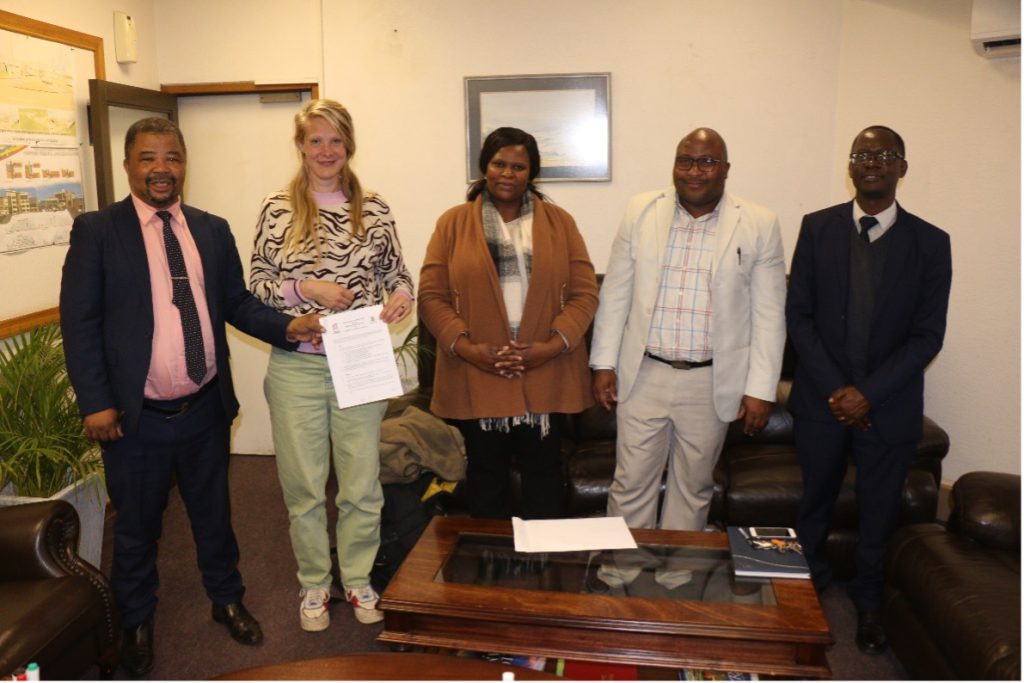
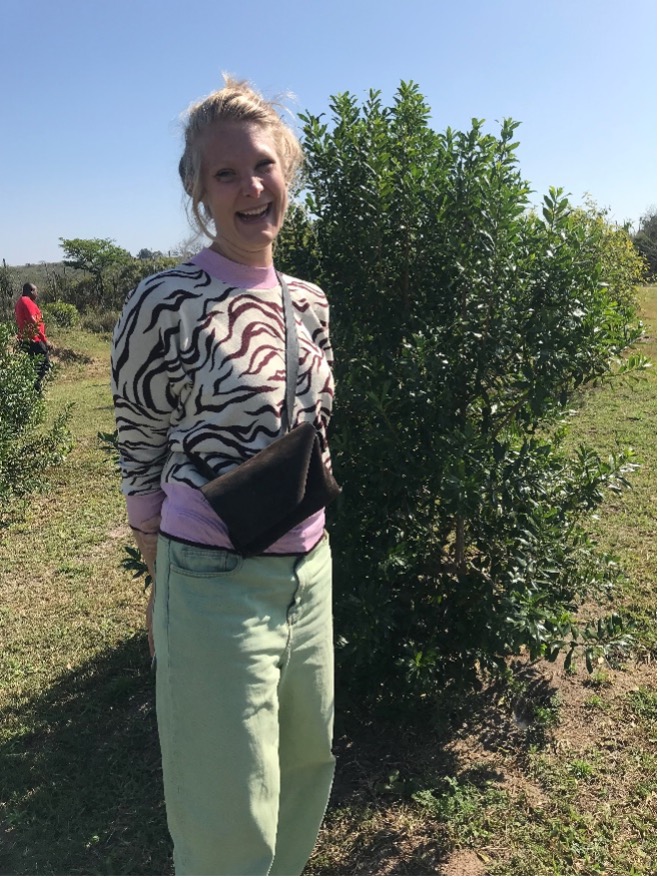
Community visits, October 2022
In October 2022, the team set out to visit the communities which had been reported to have pepper-bark tree. Due diligence of signing prior informed consent forms was done where Dr Sibandze (Lead investigator, Eswatini) explained to the community members what the project was about and thereafter participants signed the consent forms. The focus of the discussions was mainly around reflecting on the past (how they remember their forests and what they used them for in the past whey the forests were still healthy). There were also discussions about the current state of the forests in general and specifically the pepper-bark tree, what the challenges were and a way forward to address the challenges raised. A canvas was used to keep track of the discussions. The community members noted the state of the forests and how the trees were being indiscriminately harvested by individuals in order to sell the plant parts in markets both within Eswatini and outside the country, in particular the bark. This unsustainable practice was frowned upon by the community members but they felt powerless to stop it. In some communities, the members felt that the law was not effective in stopping the illegal sale of the plants. Some of the solutions discussed were:
- Awareness raising activities where the community members would be taught about the country’s environmental and biodiversity laws;
- Community education where community members would be taught how to grow the pepper-bark tree because they noted that where it was enclosed or growing in homesteads, it was preserved;
- Involvement of the youth in conservation matters, and
- Involvement of other stakeholders such as public transport operators as they were used to transport the plant parts to the markets
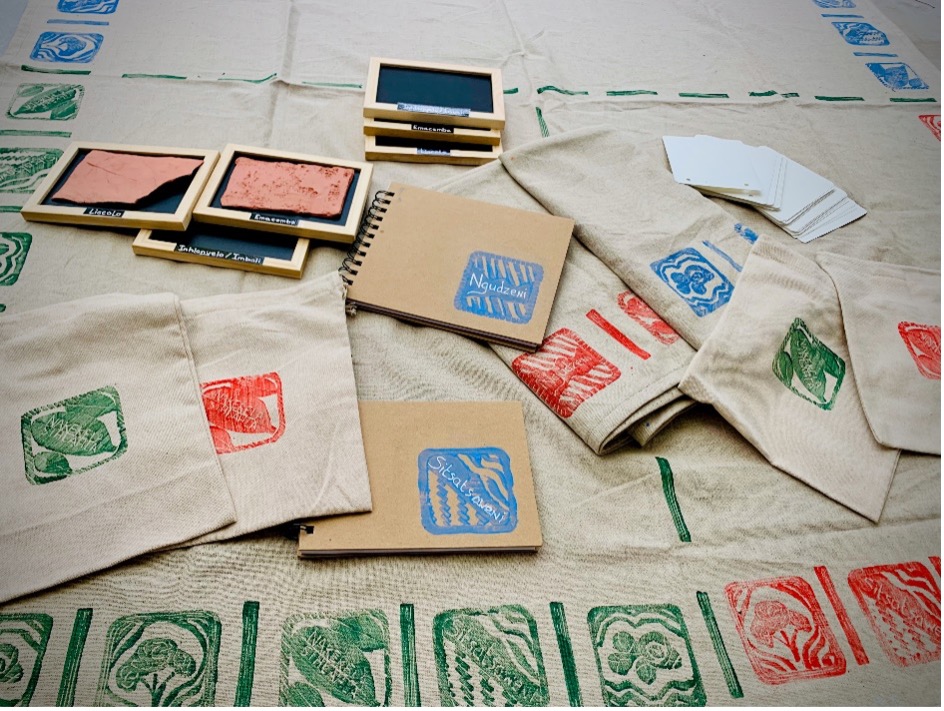
Citizen science
Within each community, one smart mobile phone was allocated to an individual nominated by the community to collect data on the pepper-bark tree over a period of 1 year. This data would provide evidence of whether the situation in the forests was improving or deteriorating further. Some of the population recorded in the earlier study were totally destroyed with a majority of the plants being juvenile plants. Elder plants were cut and debarked and there was also damage to some of the juvenile plants.
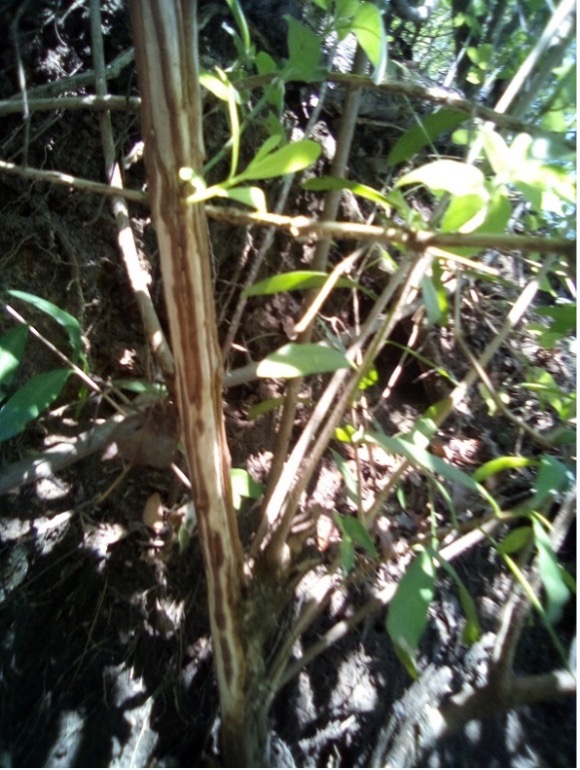
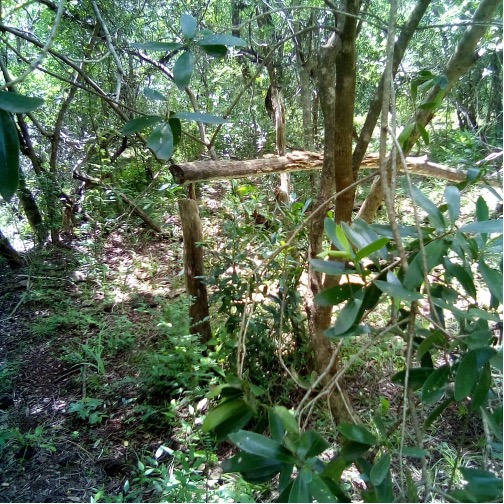
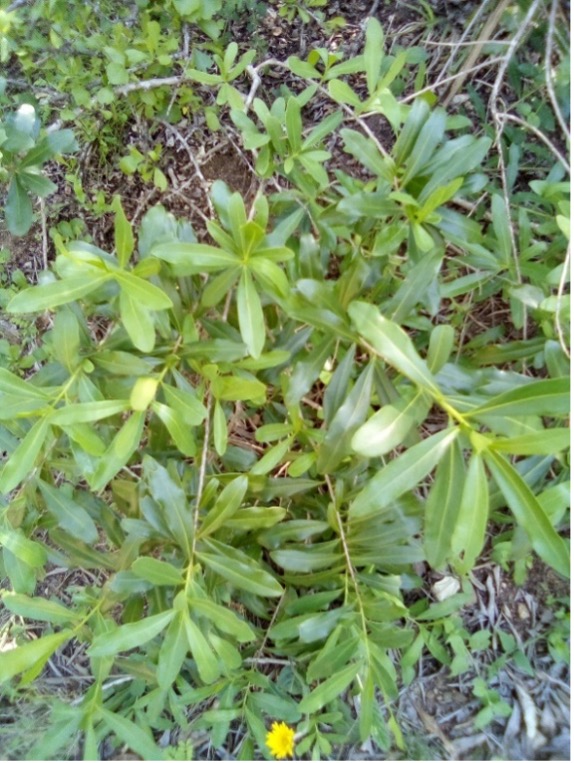
Figure 4: Some of the photographs taken by the community members
Community visits, April 2024
Following the data collected by the community, the project team embarked on a week-long field work between the 22nd and 26th April 2024 where sites identified by the community me members were visited and information such as the ecology of the area, number of the trees was collected. The biggest tree was found within a certain homestead in one of the areas. The home owner said they round the tree there when they settled and never cut it but left it to grow freely. This was evidence that the tree, if left undisturbed, can grow very big.
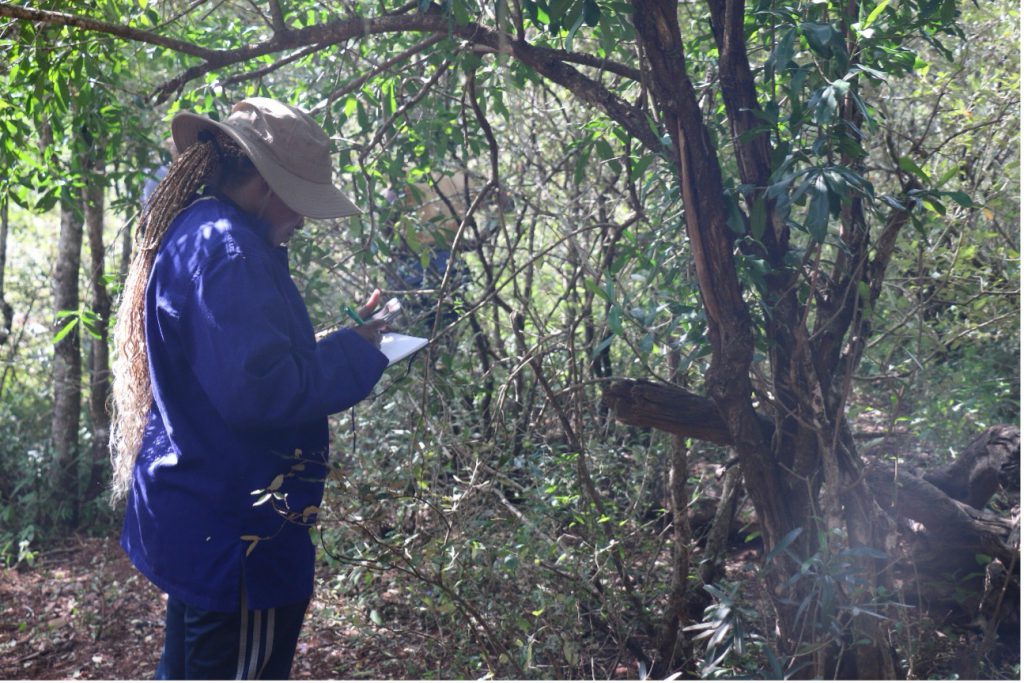
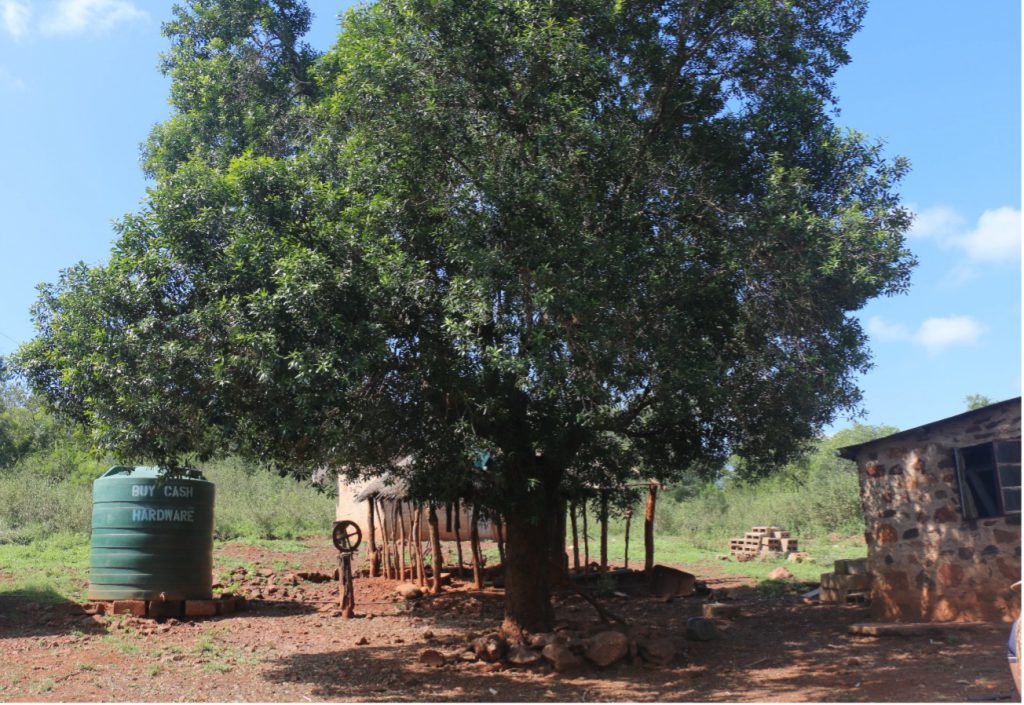
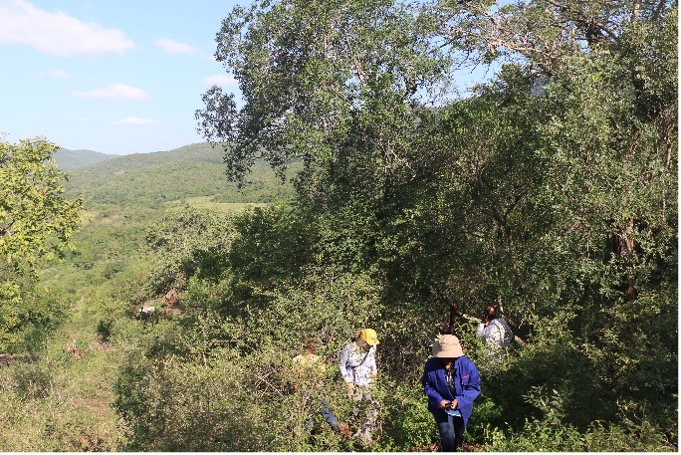
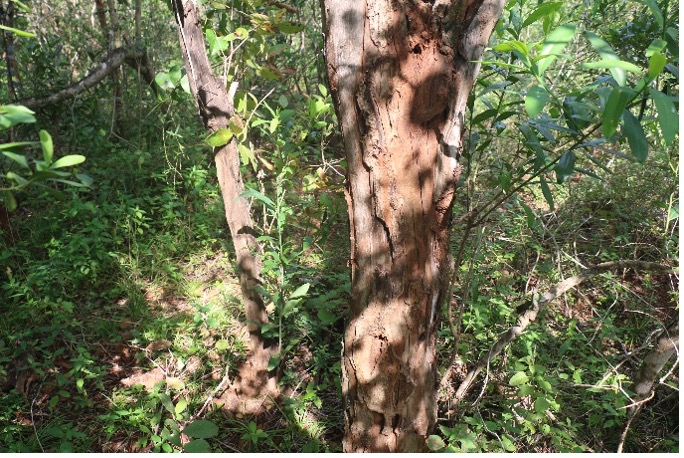
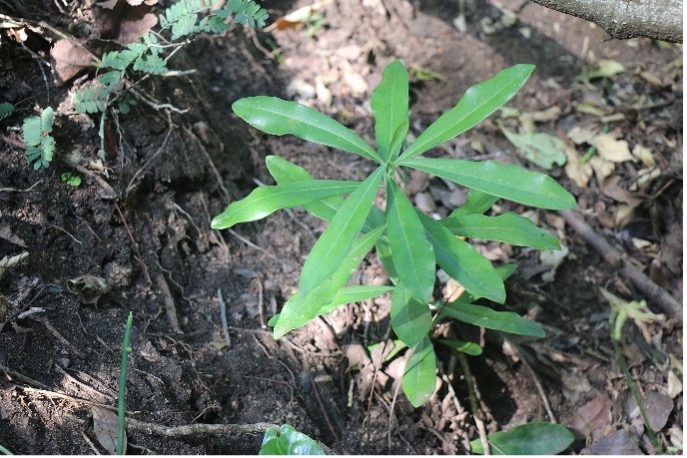
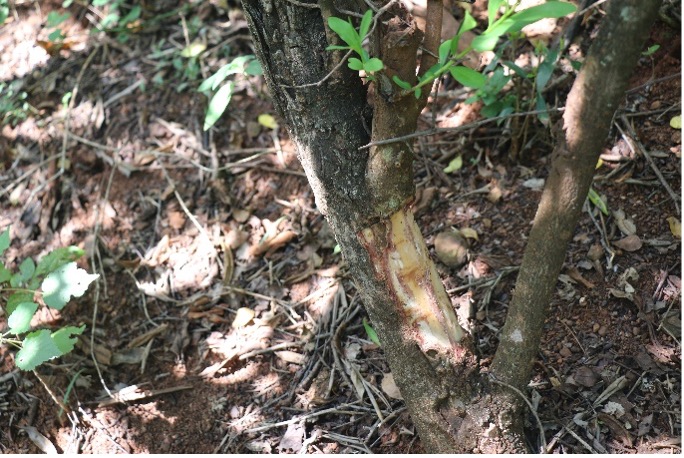
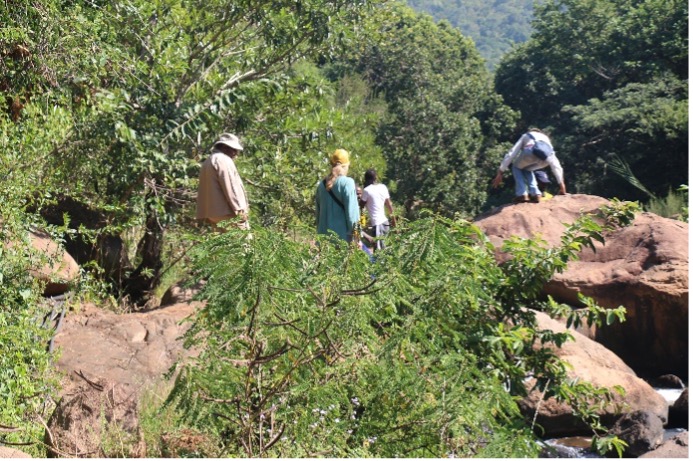
Figure 7: Team conducting fieldwork in the different communities
Project outcome
The project activities concluded with an outreach programme in the Ngudzeni Inkhundla, focusing on the conservation of the endangered pepper bark tree. The project team partnered with Eswatini Environment Authority (EEA), Eswatini National Trust Commission (ENTC), Ministry of Tourism and Environmental Affairs, Department of Forestry, and the Royal Eswatini Police Service (REPS).
The outreach, took place between 17- 19 July 2024 in three locations within the Ngudzeni Inkhundla. The outreach outcomes included:
- Educating residents on the value of the pepper-bark tree: The outreach programme highlighted the significance of the pepper-bark tree, particularly its medicinal properties and cultural value.
- Raising awareness about the threat of extinction of the tree: The project highlighted the critical condition of the pepper-bark tree in natural forests due to over-exploitation; uncontrolled cutting and debarking, of even young trees, threaten the future availability of this valuable resource.
- Promoting sustainable practices: The project team shared techniques for propagating and planting the pepper-bark trees. Each community received a seedling of the tree which was produced at the Eswatini Institute for Research in Traditional Medicine, Medicinal Plants and Indigenous Food Plants (EIRMIP) Research farm in Mafutseni.
Further public engagements were done through newspaper article publications, conference papers and engagement through the national radio. As a result, the Ministry of Tourism and Environmental Affairs, through its Department of Forestry, together with EIRMIP, has engaged on a germplasm collection exercise in the country to propagate multiple seedlings of the pepper-bark tree. These will be used to increase the number of tree seedlings available for people to procure for home planting.
A video on the pepper-bark tree was also produced to educate the communities on the importance of conserving the tree and other indigenous trees. The Institute also produced an information leaflet on the pepper-bark tree.
Pepper bark fact sheet23927.pdf
Reach out for more information
For more information about the project and work done by EIRMIP, you can contact the Director of the Institute, Dr G.F. Sibandze on +268 2517 0183 or via email; eirmip@uneswa.ac.sz.
Blog posts from Eswatini project team
Below you will find blog posts and updates regarding the project from the team in Eswatini.
- First seedling to be planted in one of the communities
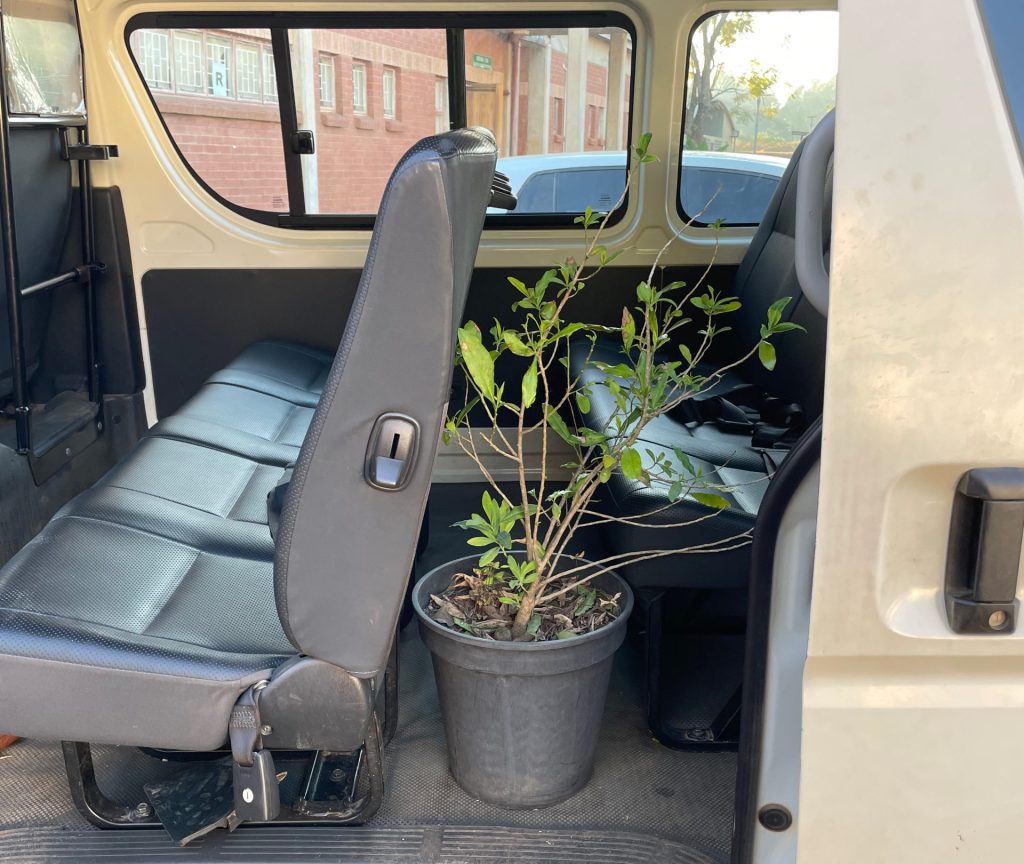 Today was an exciting day! We got to plant the first pepper bark seedling in one of the communities! Together with local leaders we chose the best spot for this little one: a local school, so that the children at this school can get to learn about the importance of the local trees. We hope… Read more: First seedling to be planted in one of the communities
Today was an exciting day! We got to plant the first pepper bark seedling in one of the communities! Together with local leaders we chose the best spot for this little one: a local school, so that the children at this school can get to learn about the importance of the local trees. We hope… Read more: First seedling to be planted in one of the communities - Conference on Biodiversity 2024
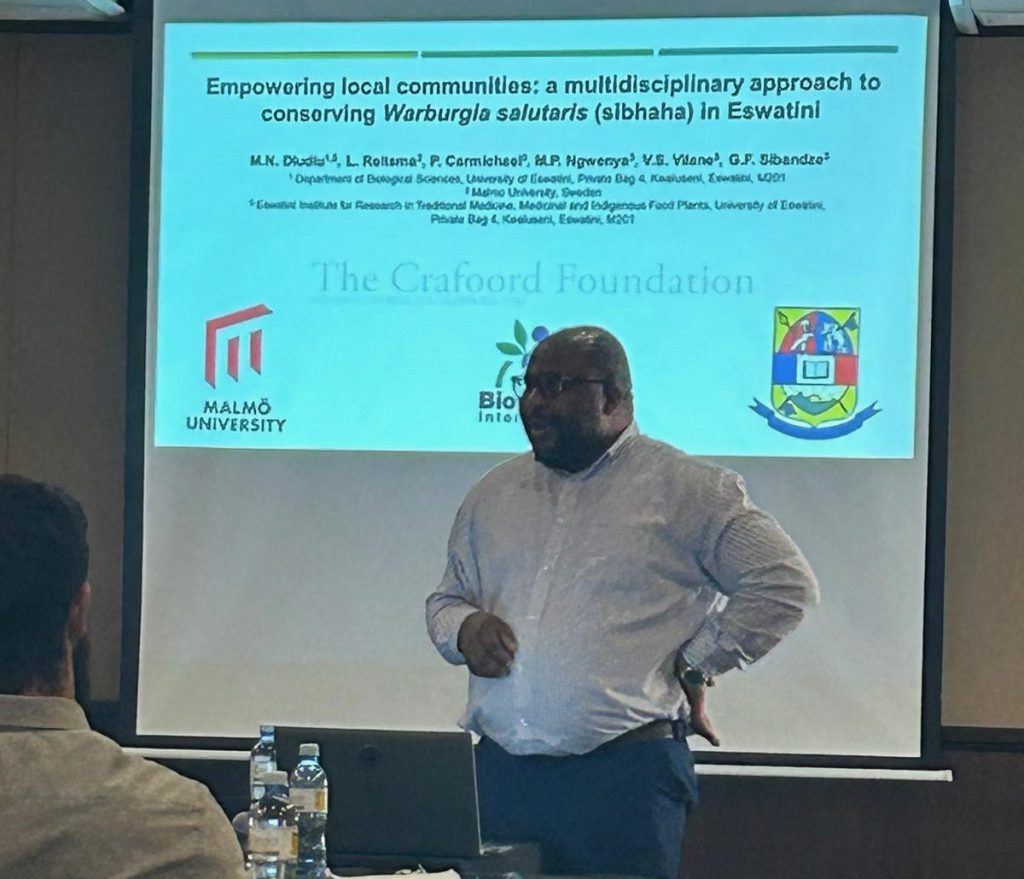 In Eswatini we took part in the 6th Annual Eswatini Biodiversity conference 2024 through an exhibition and a presentation.
In Eswatini we took part in the 6th Annual Eswatini Biodiversity conference 2024 through an exhibition and a presentation.

